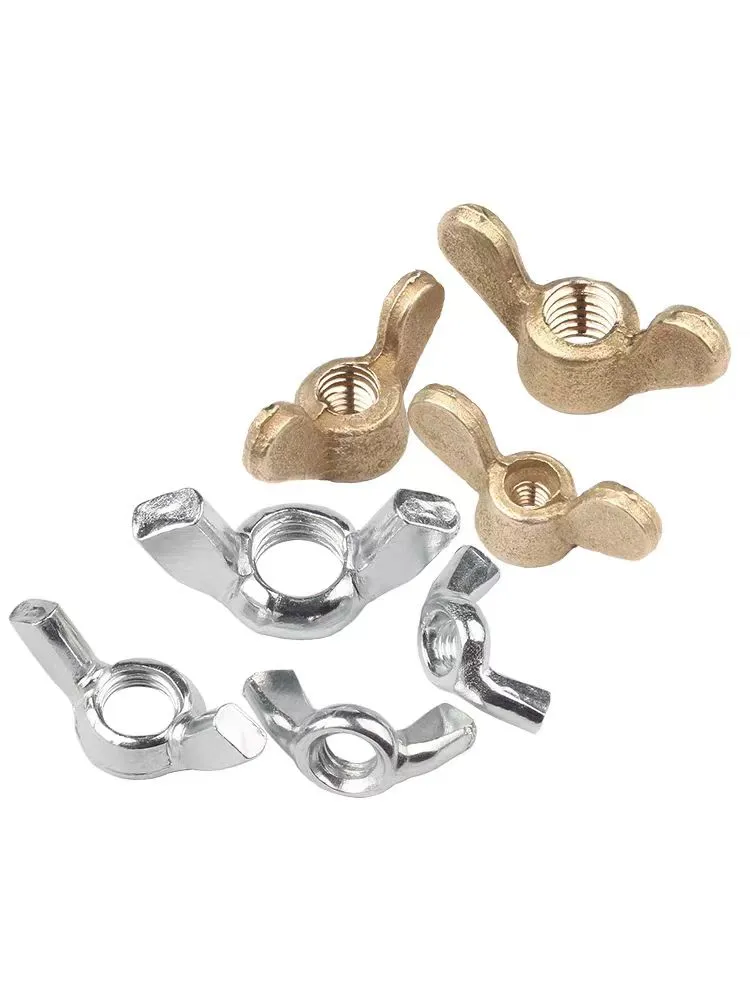

flange nut m16
Kas . 16, 2024 20:56 Back to list
flange nut m16
Understanding Flange Nuts The M16 Standard
When it comes to fastening technologies, flange nuts represent a critical component in a wide array of applications, ranging from automotive assembly to construction engineering. Among the various types of flange nuts available, the M16 flange nut offers a standard that is widely recognized and utilized in various mechanical and structural applications.
What is a Flange Nut?
A flange nut is a type of nut that has a wider, circular base or flange. This flange serves a few important purposes. Primarily, it provides a larger bearing surface against the material being fastened, thus distributing the load over a broader area. This is particularly beneficial in preventing damage to softer materials and reducing the likelihood of stripping the threaded hole or causing deformation. In addition, the flange nut's design helps prevent loosening due to vibrations, making it ideal for dynamic applications.
Understanding the M16 Specification
The designation M16 refers to the metric thread size of the nut. The M stands for metric, indicating that it follows the International Organization for Standardization (ISO) metric thread standard. The number 16 indicates the nominal diameter of the bolt that the nut is designed to fit, which is 16 millimeters.
M16 flange nuts typically conform to various standards, including DIN 6923, which details specifications regarding dimensions, strength grades, and other characteristics. This standard ensures that the nut's performance is reliable and consistent across different manufacturers, making M16 flange nuts a popular choice in both industrial and domestic applications.
Applications of M16 Flange Nuts
M16 flange nuts find utility across a broad spectrum of applications. Their robust design makes them suitable for usage in heavy machinery and equipment where high tensile strength is critical. In the automotive industry, they are often employed in securing components to the chassis, engine assembly, and suspension systems, where resistance to vibration is crucial.
flange nut m16

In construction, M16 flange nuts are frequently used to secure structural steel beams and other load-bearing components, thus playing a crucial role in maintaining the structural integrity of buildings and bridges. The flange design also allows for quicker installation, as it minimizes the need for washers, streamlining the assembly process.
Material and Finishing Options
M16 flange nuts can be manufactured from various materials, including carbon steel, stainless steel, and alloys. The choice of material often depends on the specific application and environmental conditions. For instance, stainless steel flange nuts are preferred in corrosive environments due to their excellent resistance to rust and corrosion. On the other hand, carbon steel nuts may be coated with a protective layer such as zinc to enhance their durability and resistance to environmental factors.
In terms of finish, flange nuts may be available in a range of surface treatments, including passivation, electroplating, and phosphating. These finishes not only enhance corrosion resistance but also improve the aesthetics of the final product, making them suitable for visible applications.
Installation Considerations
Installing M16 flange nuts requires attention to detail, particularly concerning the torque specifications. Over-tightening can lead to stripping the threads or deforming the nut, while under-tightening may result in loosening due to vibrations. It is essential to consult manufacturer guidelines or engineering specifications to ensure proper installation.
Conclusion
M16 flange nuts are pivotal in numerous industries, offering a balance of strength, reliability, and ease of use. Their unique design allows for efficient load distribution and vibration resistance, making them ideal for both static and dynamic applications. As technology progresses and engineering demands evolve, flange nuts, particularly the M16 variant, will continue to play an essential role in ensuring the safety and efficiency of mechanical assemblies across the globe. Understanding their specifications, uses, and proper installation will enable engineers and technicians to make informed decisions when selecting the right components for their projects.
Latest news
-
Hot Dip Galvanized Bolts-About LongZe|High Strength, Corrosion Resistance
NewsJul.30,2025
-
High-Strength Hot Dip Galvanized Bolts - Hebei Longze | Corrosion Resistance, Customization
NewsJul.30,2025
-
Hot Dip Galvanized Bolts-Hebei Longze|Corrosion Resistance&High Strength
NewsJul.30,2025
-
High-Strength Hot-Dip Galvanized Bolts-Hebei Longze|Corrosion Resistance&High Strength
NewsJul.30,2025
-
Hot Dip Galvanized Bolts-Hebei Longze|Corrosion Resistance&High Strength
NewsJul.30,2025
-
Hot Dip Galvanized Bolts - Hebei Longze | Corrosion Resistance, High Strength
NewsJul.30,2025

